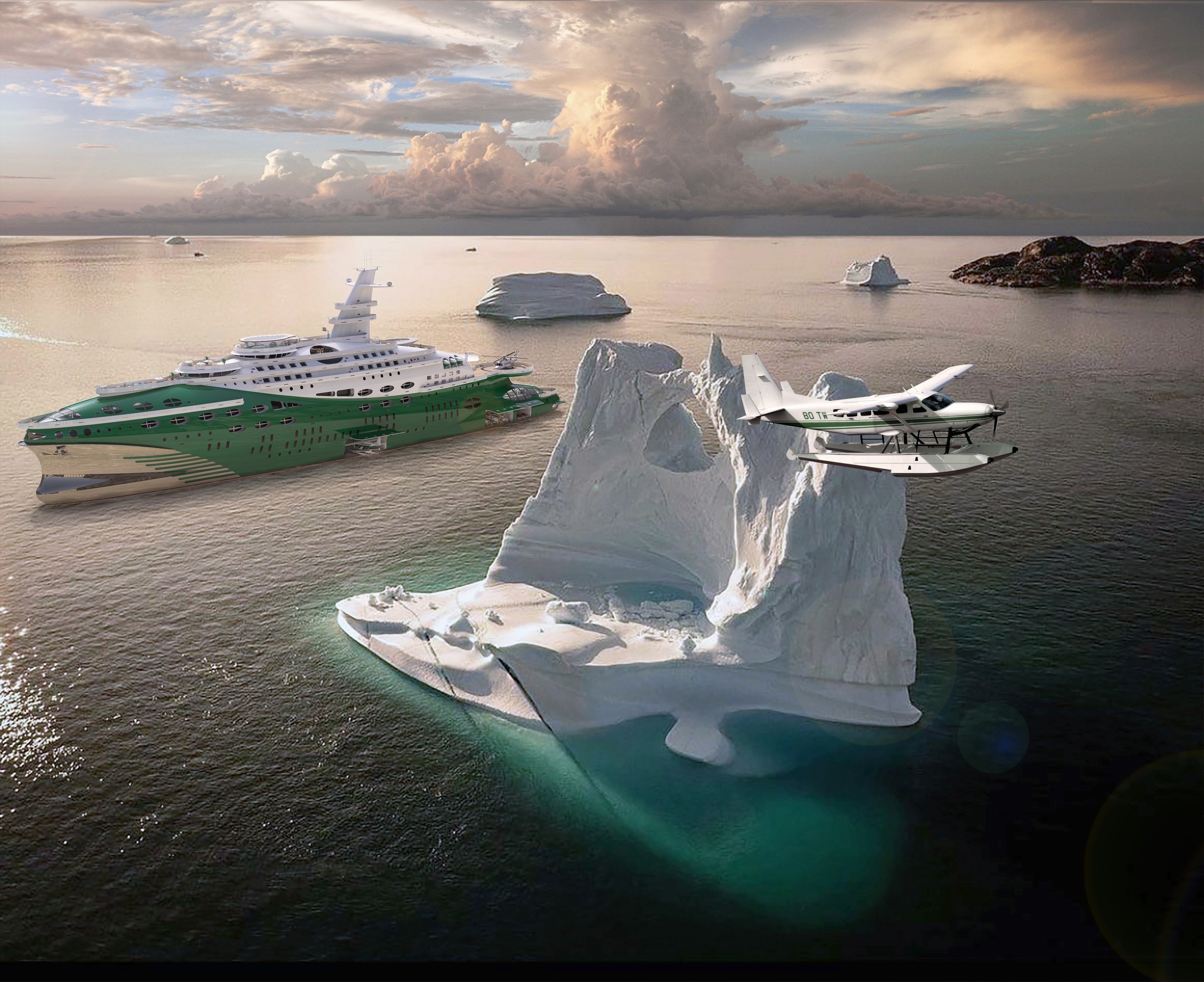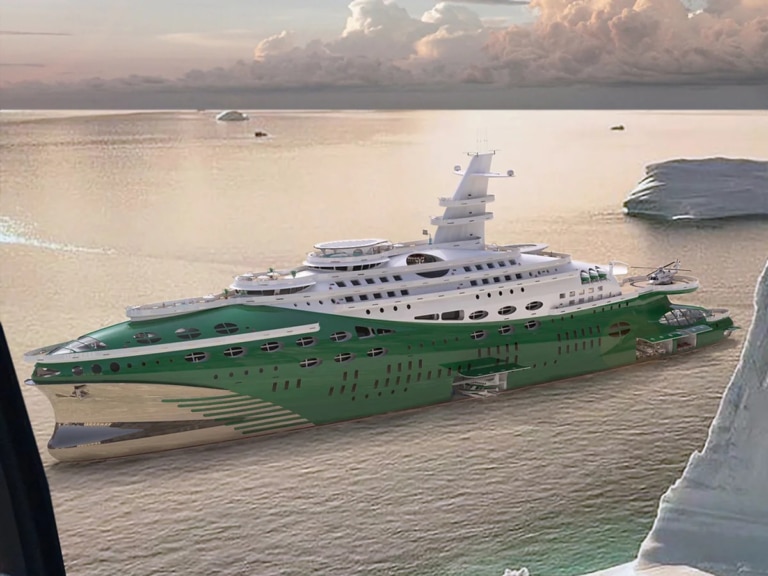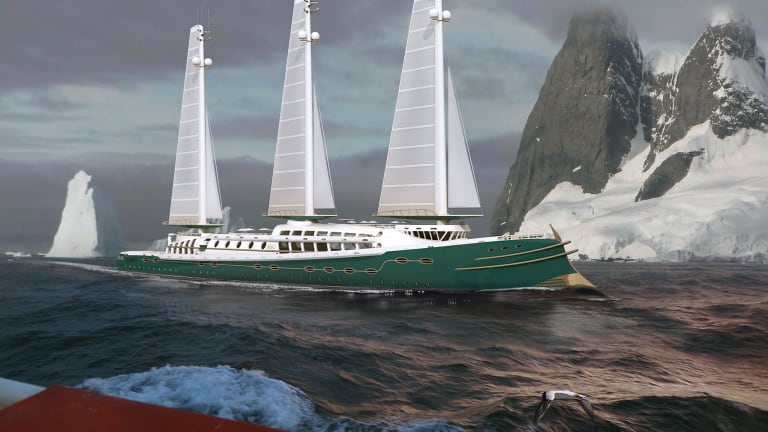
With a length of 215 meters (705 feet), the G-Quest emerges as a testament to boundless innovation, poised to address humanitarian and research objectives while ensuring an unparalleled experience of luxury. The vessel’s design revolves around dedicating ample space to noble pursuits such as “oceanographic and medical research, green propulsion experimentation, and medical intervention,” as stated in its mission.
Among the G-Quest’s extraordinary features, perhaps the most ambitious is its colossal 6,500-foot aircraft hangar. This cavernous space is meticulously engineered to accommodate two Sikorsky S-92 VIP helicopters, several smaller helicopters, and an electric VTOL (Vertical Take-Off and Landing) craft—an invention born from Kozloff’s inventive mind. Additionally, the hangar houses two Cessna Caravan Seaplanes, carefully selected for their capacity to facilitate resupply operations over vast distances.
However, the vessel’s capabilities aren’t confined solely to aircraft. Kozloff’s innovative spirit extends to the water as well, with provisions for six fully electric Candela hydrofoil “flying boats,” an electric ship-to-shore landing craft tailored for vehicle and freight transport, a U-Worx Research submarine, two SUVs (including a Nimbl exploration vehicle), and three Taiga Orcas—electric jet skis that captured global attention in 2022.
Beyond its remarkable fleet of vehicles that traverse land, air, and sea, the G-Quest proudly boasts an array of imaginative amenities. These include a dedicated oceanographic laboratory, a medical laboratory, a dive center equipped with a compression chamber, an MRI and X-ray imaging center, an ophthalmology department, a dentist’s suite, robotic surgery operating rooms, and an impressive 20 hospital beds.
Luxury is seamlessly integrated throughout the vessel, with a sprawling 3,000-square-foot owner’s suite commanding panoramic views from the bow. The flybridge hosts a large spa and pool, while an unconventional basketball court crowns the flybridge’s expanse. Additional pools, a dining room at the stern, and a solarium with a second dining area at the bow cater to diverse tastes. A beach club with a full bar, though elusive in imagery, promises yet another indulgent experience.
The G-Quest’s upper decks are home to 26 owner’s guests, while a dynamic operating crew of 150—comprising doctors, scientists, pilots, nurses, and research engineers—resides in thoughtfully designed quarters.
Even the vessel’s propulsion system reflects Kozloff’s audacious vision. Propelled by rotating azimuth thrusters, the G-Quest is powered by batteries charged using “green fuels of the future,” including hydrogen, methanol, and biodiesel, embodying environmental sustainability.
However, the G-Quest’s sheer opulence and innovative design come at a staggering cost. Estimates project a price tag ranging from $1 to $1.2 billion to bring this marvel to life. While it’s likely that the G-Quest will remain a concept, a source of inspiration for those who dare to dream, its impact on redefining luxury, research, and humanitarian endeavors is undeniable. To delve deeper into this extraordinary creation, visit The Goliath Series’ website and embark on a journey through the realm of unbridled imagination and ingenuity.











